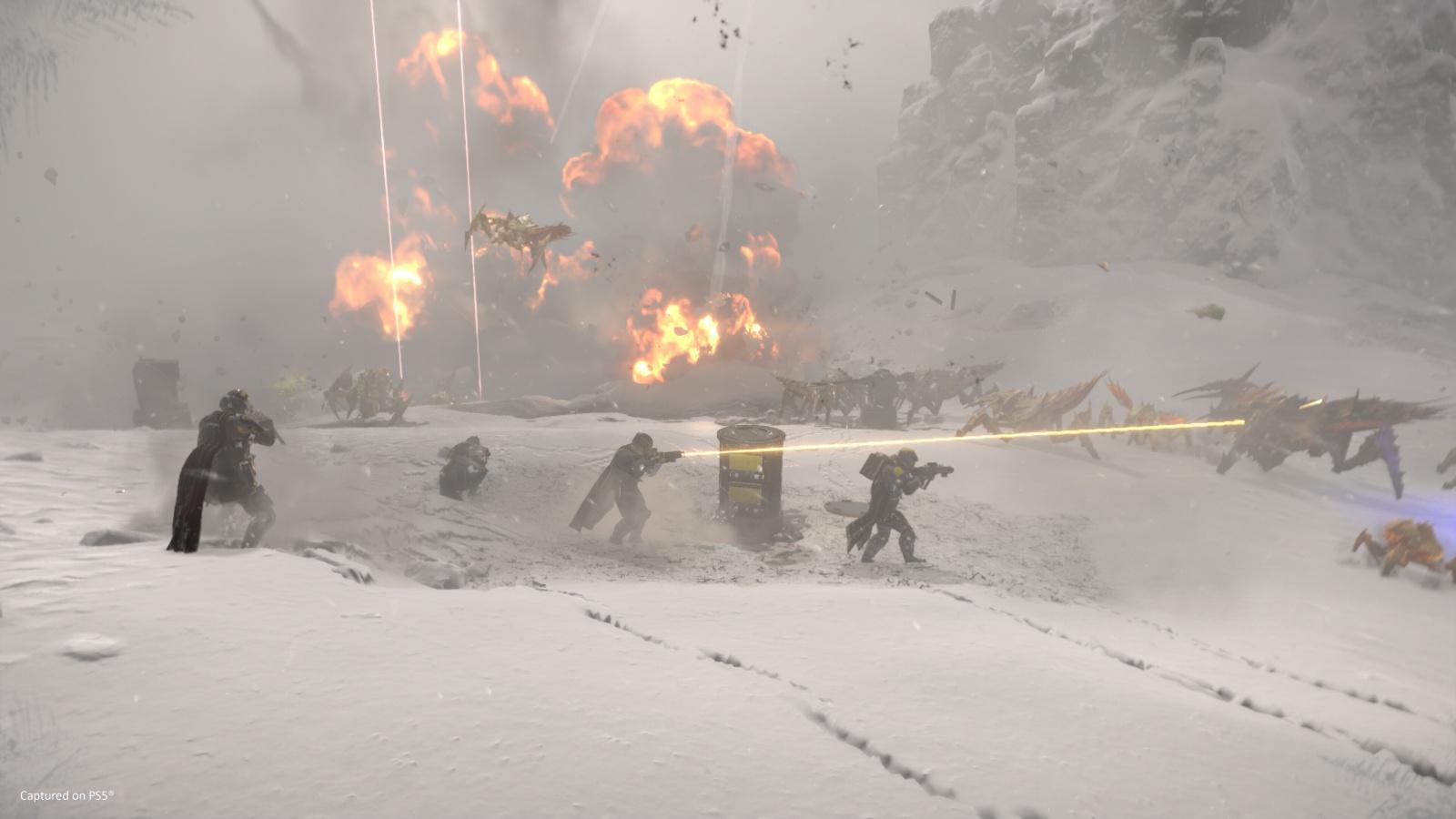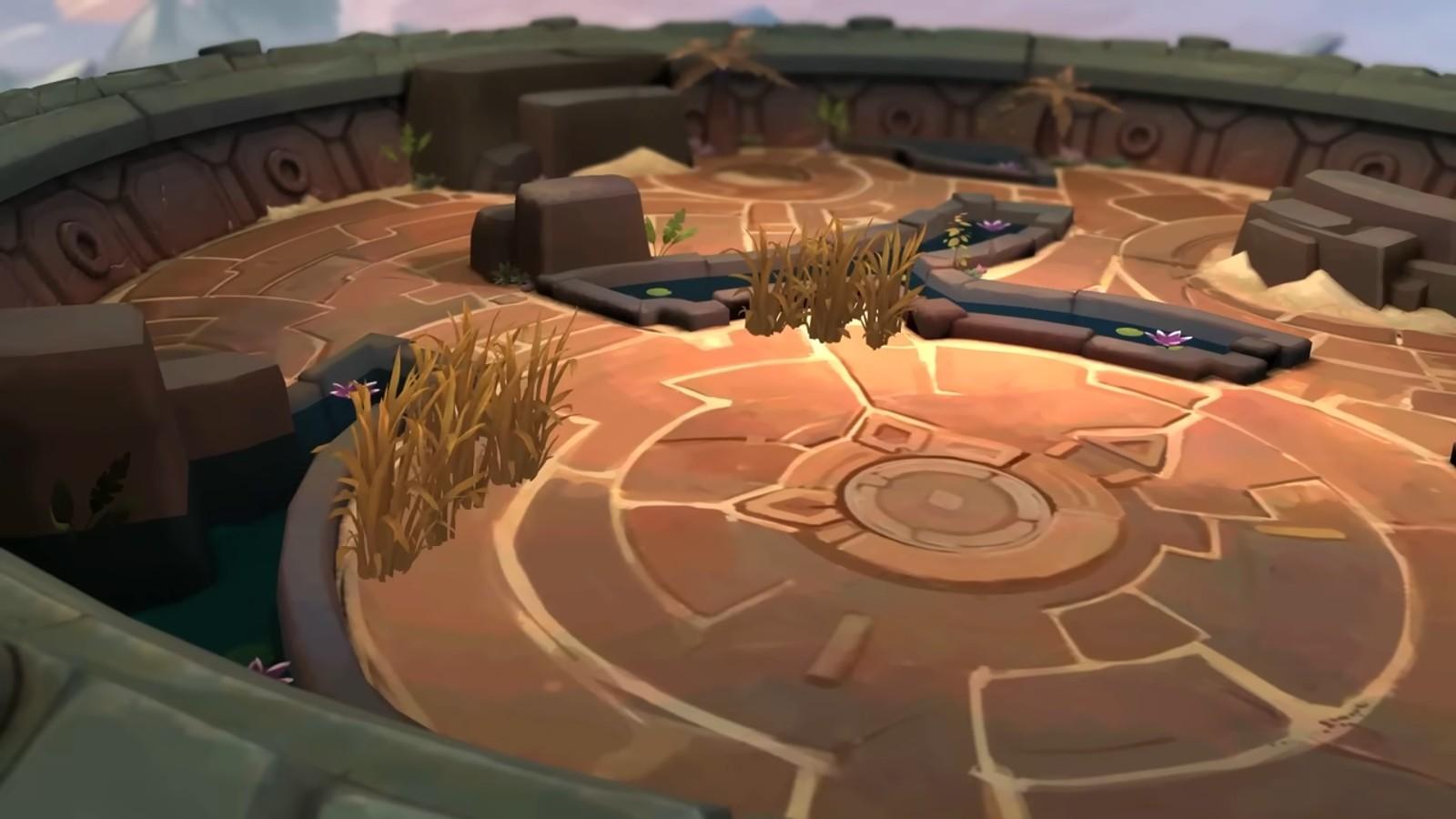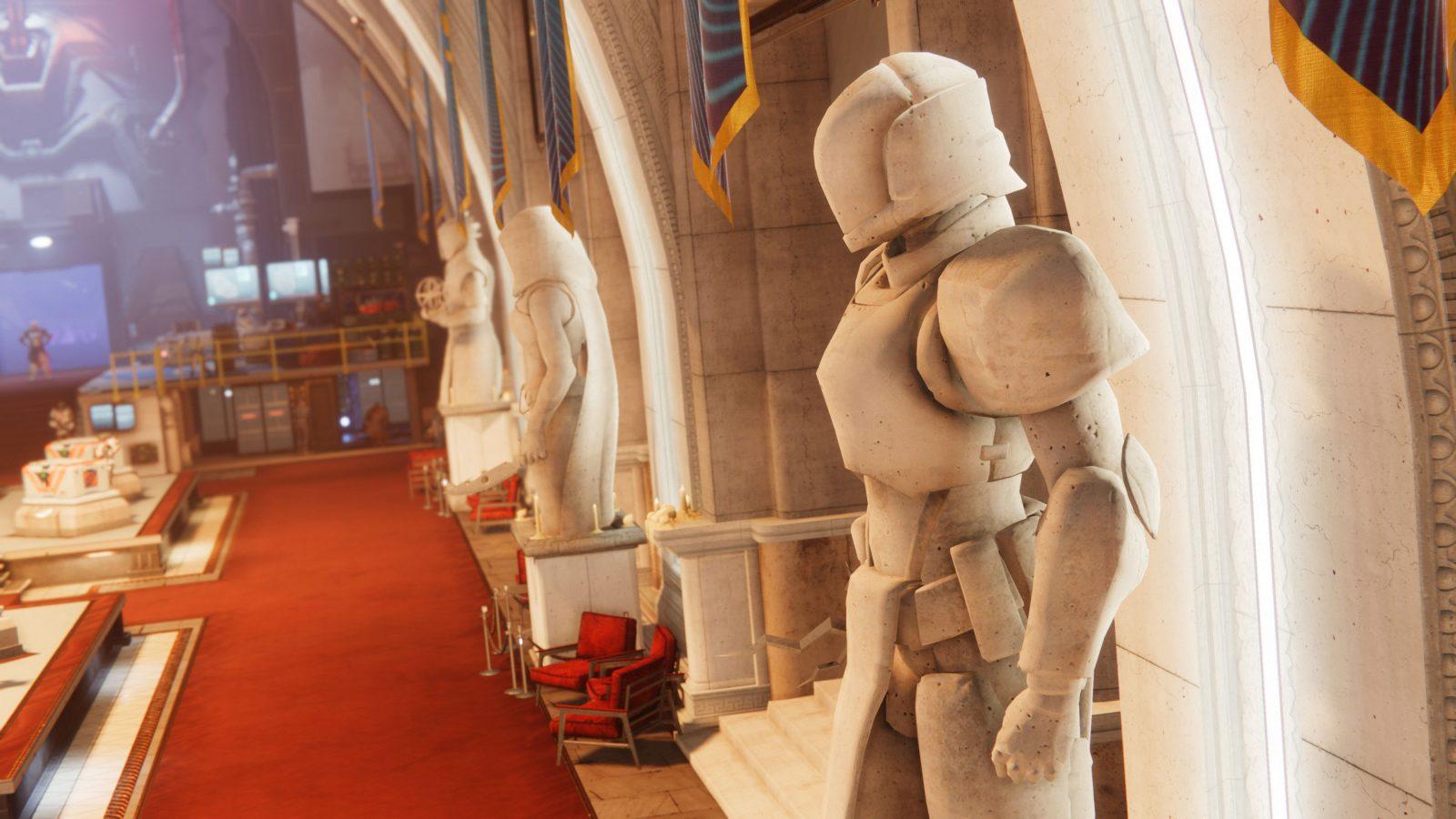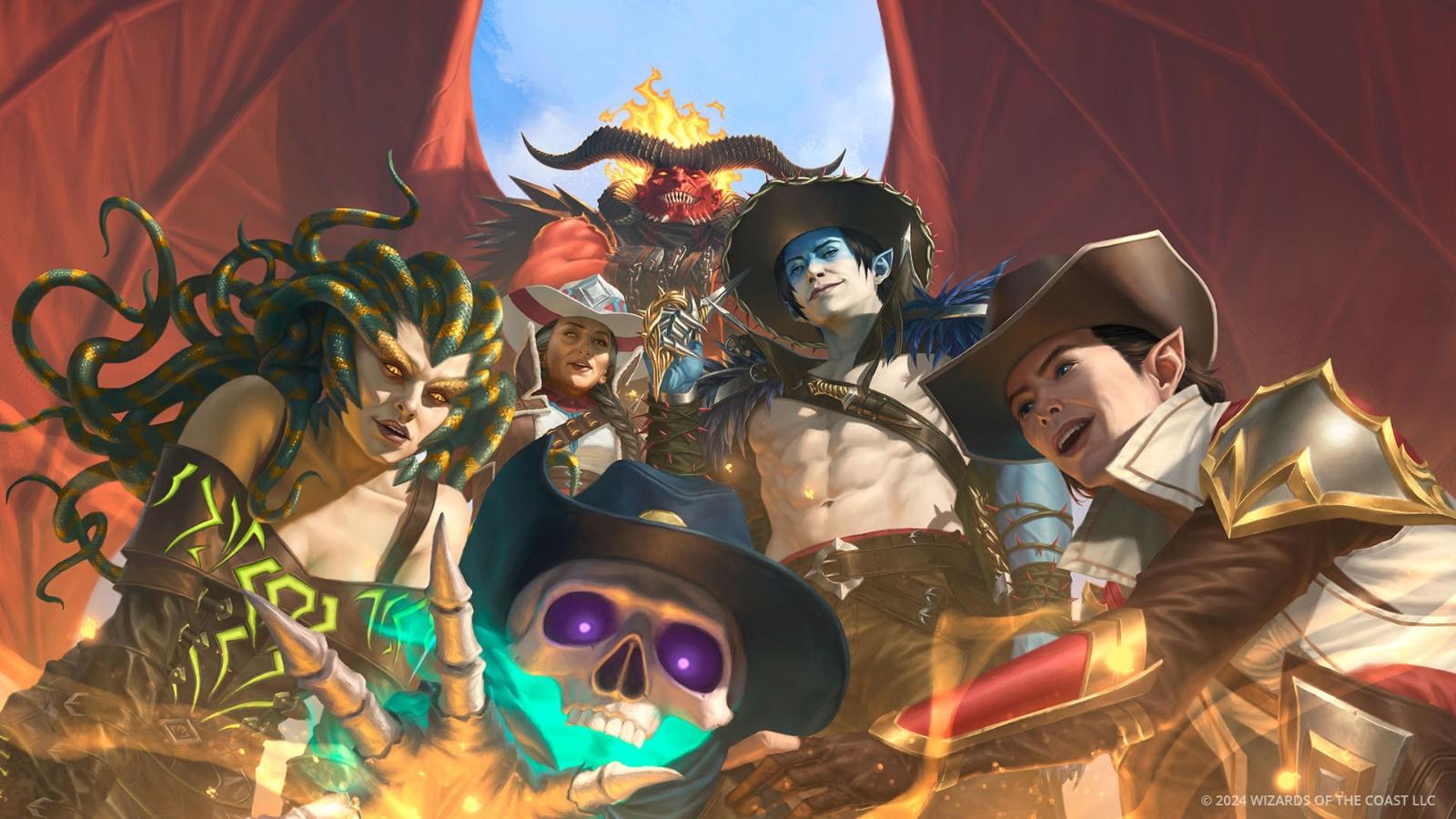Kelsey Moser: The 3 best players at LoL Worlds in each role
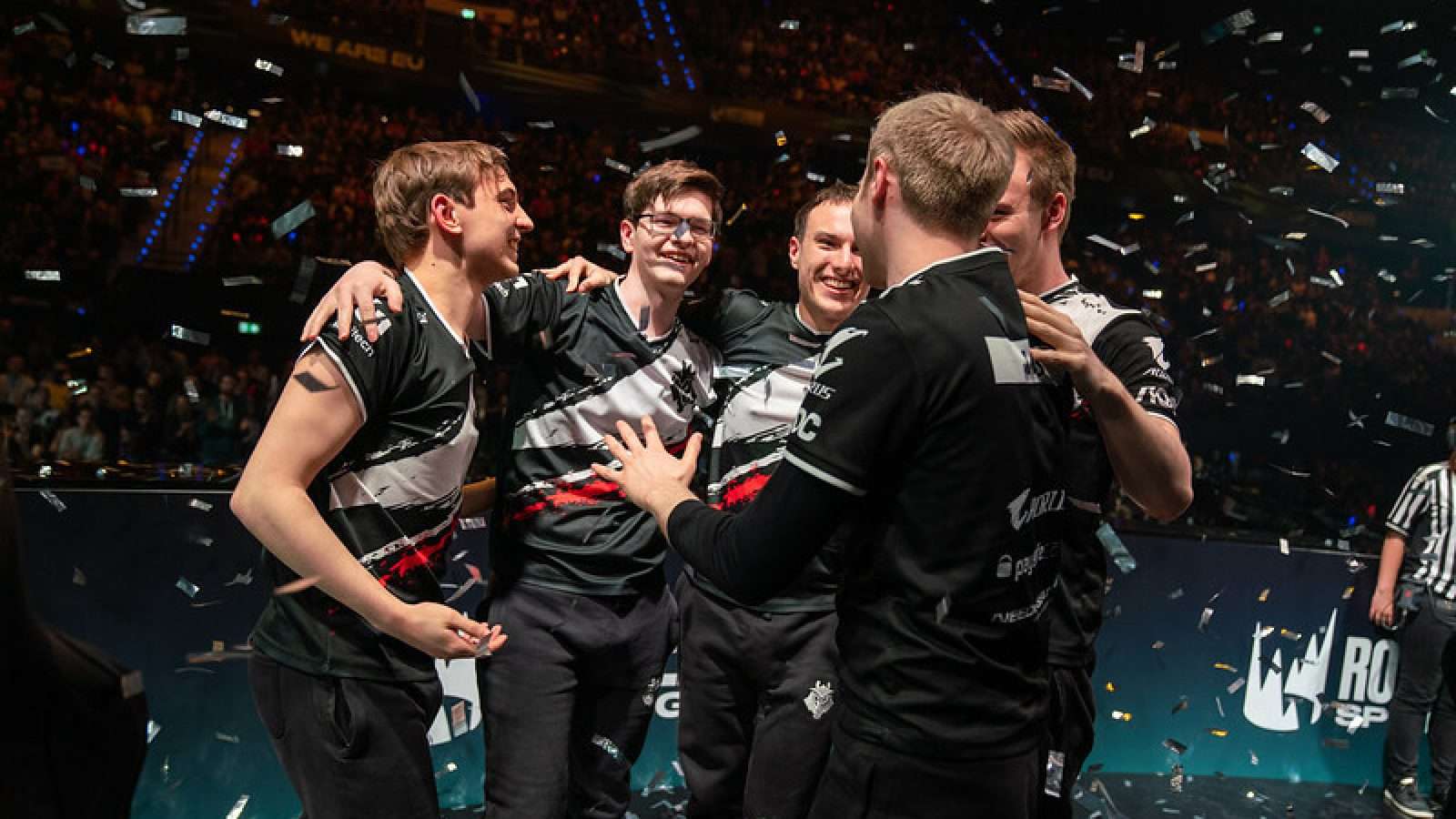 Riot Games
Riot GamesRanking lists, while they have to potential to generate discussion and in-depth analysis, have become the tabloid fast gratification click content pieces of esports.
[ad name=”article1″]
Each year, publications and analysts feel pressured to churn out power rankings and player assessment lists, and with the engagement that comes with them (a list of 20 players copied into a Reddit comment without context), they encourage laziness.
But considering the popularity of lists and how much exposure they get within the community, the lasting perceptions these lists have on an esports audience outstrips more in-depth concept-based articles. Community lists sometimes even go into the early stages of player scouting for the following season or cause casters and influencers to second guess their own criteria when addressing an even broader audience.
[ad name=”article2″]
As such, the purpose of this list is more to have a discussion of how I, Kelsey Moser, assessed players through VOD review. This list will say more about me than any of the players I included, and that’s why the structure is rooted more in discussion than point-by-point lists. For each role, I selected three players I consider to be the best at Worlds embedded within a conversation regarding what I consider important within the context of the event.
Given my limited knowledge and coverage from emerging regions, VCS, and the LMS, I chose not to include the representatives rather than make an assessment on only a handful of VODs I watched rushed to get the list out. I consider that largely unfair to the players at hand, and as the tournament progresses, I will instead highlight Play-In and Group Stage performers after the fact.
[ad name=”article3″]
Top Lane:
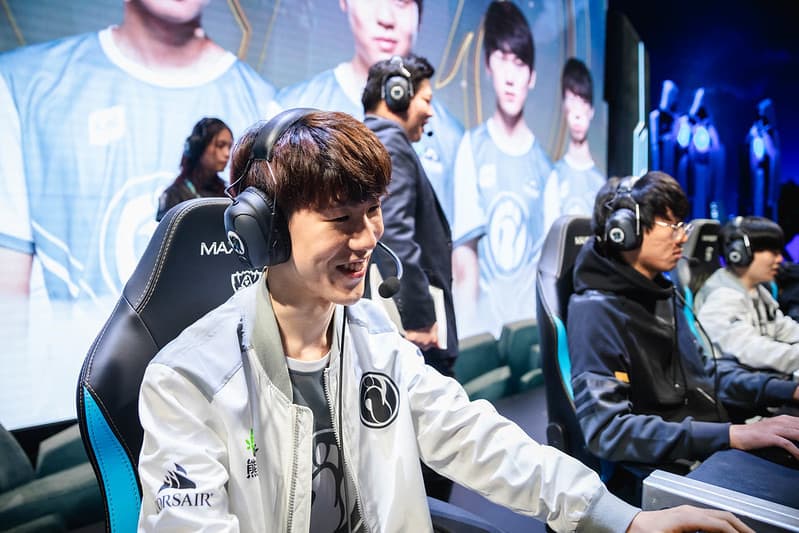
Top lane is one of the most difficult roles to assess simply because the role of a given top laner varies the most from team to team. Historically, top laners have required mastery of the greatest variety of champions, a larger portion of time where they’re responsible for their own waves (considering how often the meta has swung in a bottom-centric direction), and some of the more complicated mid-to-late game transitions.
This year, the top lane role’s responsibilities varied considerably. Teams like Royal Never Give Up set their top laners on an island to get dove repeatedly, making them difficult to assess even in the context of their own region. SK Telecom T1 went from playing primarily through their bottom lane to almost entirely relying on 2v2s in their top lane.
[ad name=”article4″]
Historically, my biases have favored top laners who could manage their own wave states. They absorb pressure by communicating well with their jungler to set up freezes or have the wave in position to crash if they need to leave lane. Usually, this is because I favor top laners who scale well and can bully out their opposition in side lanes to generate pressure later.
This year’s standout top laners will likely have to slot into the same system, though also have demonstrated the ability to generate pressure and play to top side throughout the season. Based on Yu “JackeyLove” Wenbo’s performance in the AD carry role, Kang “TheShy” Seunglok has had to sit more on the likes of Vladimir and Aatrox while Invictus Gaming played for strong Kai’Sa-Nautilus 2v2 lanes. Though TheShy’s performance didn’t have the highest level of consistency this split, his performances internationally and toward the Gauntlet make him seem the most likely candidate to check all the top lane boxes.
DAMWON’s Jang “Nuguri” Hagwon has demonstrated the least flexibility of any of the three, but within the role I described, his favored Kleptomancy lanes fit perfectly into that niche. Concerns about his ability to set up flanks and collapses from side pressure linger and cost him the first spot.
G2 Esports’ Martin “Wunder” Hansen has demonstrated the highest level of flexibility of all top laners on the list, but concerns linger regarding how valuable he will prove to his team. In a position where he could sit and soak pressure as almost any champion while the rest of the team won the map shows a level of map awareness and game sense, but can also make it seem as if his performances won’t stand out as as essential to his team as TheShy’s or Nuguri’s.
[ad name=”article5″]
Jungle:
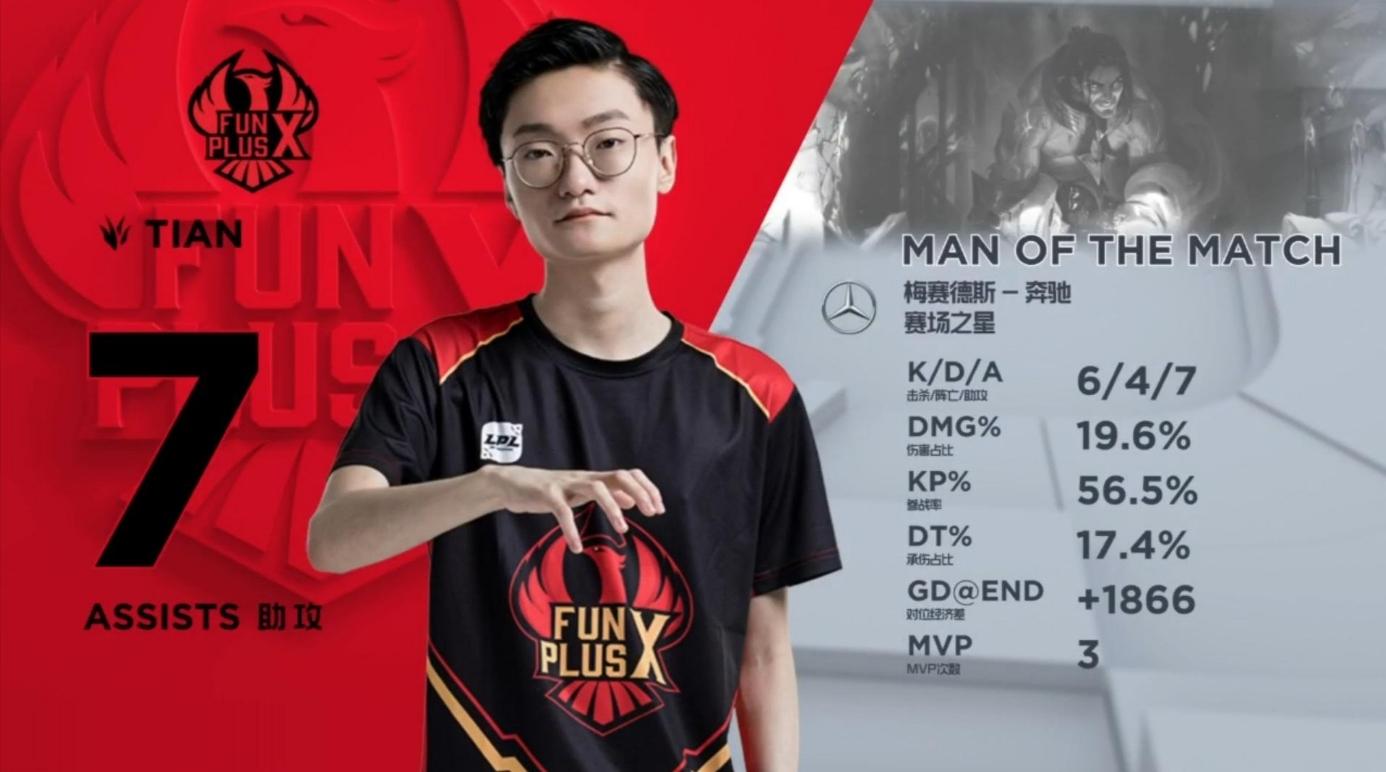
Jungle presents a lot of obstacles in assessing the role. Much of the jungler’s role has a lot of team-reliant factors, and other players struggling can hamstring a jungler more than most roles.
Generally the process in identifying a strong jungler has included his ability to use lane priority to outpace his opponent. That remains true, but what that looks like has changed course considerably in the 2019 season.
Jungle assessment relies a lot on understanding drafts. A jungler has to play to the advantages of a draft in the sense that he looks to generate advantages on a strong side that outpaces disadvantages on the weak side. Not all drafts will account for this, and the increase in jungle involvement in lanes has made the role even more reliant on the performance of laners.
Even such, assessing the overall position of the jungler and whether or not his lanes are obtaining good reset timings after making mistakes can often given insight into the skill of the player. Junglers should be able to competently path to manage his health, impact lanes, and reset ahead of his opponent to use item advantages, but what that looks like varies from game to game.
Yes, the person who calls a gank and sets up the wave isn’t always the jungler. Yet if the jungler looks for advantages on the correct side of the map to snowball a win condition and serves to be in the correct location in the mid game to help his team secure mid lane prio, that goes a long way in assessing his competency.
FunPlus Phoenix’s Gao “Tian” Tianliang takes first position on the list. While most would credit Kim “Doinb” Taesang as the star player of FPX, a careful look at Doinb’s laning via LPL perspective VODs shows laning mistakes often compensated for by Tian. He often secures the resets for Doinb by pathing to free up support Liu “Crisp” Qingsong, then making moves as a three-man. While Doinb may make these calls, it doesn’t change the fact that leads come from moves made by Tian who invariably finds ways to outperform in a 2v2 or get the first back for Doinb. Then they move as a duo to get bottom or top side control.
It may seem strange to see another G2 Esports player so soon, but Marcin “Jankos” Jankowski has a firm place on any top player ranking, while Wunder almost earned his spot simply for lack of other excellent top laners who fit certain specifications. Jankos and his bottom lane actually comprise the core functions of G2, and much of G2’s success hinges off him and support Mihaele “Mikyx” Mehle securing vision for objectives well in advance and then playing mind games where opposing teams will stray for wards. His mechanical execution doesn’t hurt his ranking at all.
I debated whether or not to include Griffin’s Lee “Tarzan” Seungyong or SK Telecom T1’s Kim “Clid” Taemin, but landed on the side of Tarzan to take the third spot. While I don’t think Tarzan’s function as a jungler, especially in the mid game, fulfills his team’s win conditions as well as Clid, Tarzan is an important centerpiece of his team and offers higher mechanical execution. Griffin’s conception of jungle and its involvement in the lanes seems to have lagged behind many of the other top teams at this event from Spring to Summer, and it could cost them dearly. That doesn’t make Tarzan a worse player or his often creative early pathing less interesting.
Mid:
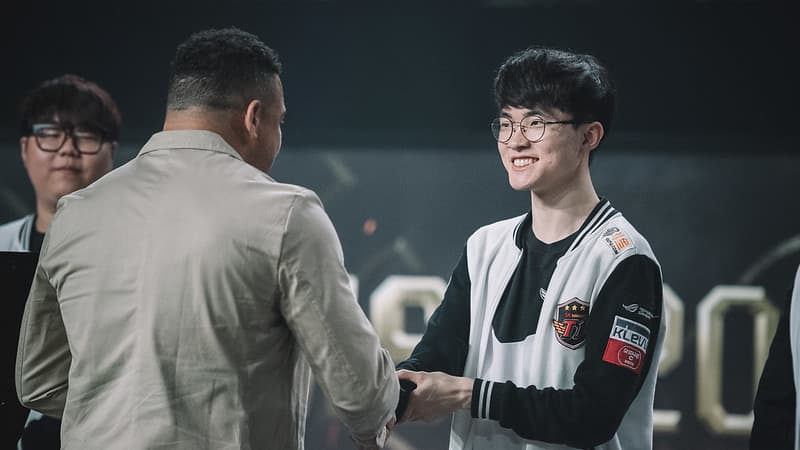
Mid lane often contains the bulk of “top players” on a list of 20 given how essential the mid lane role is to the success of a team. One can examine mid lane by almost any metric listed in any other role, especially this season, with many mid laners learning top lane bruisers or even tanks or swapping to other positions fluidly.
Mid laners need to have a good grasp of trading fundamentals, map control, roam timers, flanks, and maximizing damage output. Dissecting whether a mid laner made a play off the jungler securing a strong 2v2 can be difficult, but if a mid laner is generating pressure and winning trades or playing a matchup properly before the jungler or support arrives, that often counts for more. If a mid laner needs to have his wave fixed frequently (in the case of Kim “Doinb” Taesang), it’s hard to rate him over mid laners who usually generate their own pressure.
Doinb didn’t make the list for this reason. Two of the LPL’s mid lane representatives somewhat share this trait in the sense that both of them provide less standard, but still important, roles in their teams. Yu “xiaohu” Yuanhao also doesn’t make the list because he generally laned better than Doinb, but gave up waves to dive bottom and looked for impact from behind.
Expected Worlds performance also factored more into the mid list because of how many candidates there existed relative to other roles. All three candidates who made the cut generally have demonstrated strong game sense, great mechanical ability, and high international expectations.
SK Telecom T1’s Lee “Faker” Sanghyeok took first position on the mid lane list. Though he didn’t demonstrate the same level of mechanical consistency as the second mid laner on this list within his region, Faker has always found ways to increase his game impact via roam timings as well as lane at a high level. Even when the best mid laners within LCK managed to get an advantage in a matchup, Faker uses reset and roam timings perhaps better than any mid laner in the world, and that has almost always been his calling card.
Griffin’s Jeong “Chovy” Jihoon has had possibly the best laning performance of any mid at this event, but less map sense than some of the other candidates. While I don’t expect Griffin to exceptionally succeed at the 2019 World Championship, Chovy should still perform well against his mid lane opposition. His impact on Griffin’s games after occasionally questionable early stages and particularly in team fights cannot be overstated.
Finally, G2 Esports’ Rasmus “Caps” Winther takes the third spot. If Song “Rookie” Euijin had performed better this summer, he could overtake Caps and almost did due to better international showings. Rookie’s form looked on the rise during the LPL Gauntlet, but a disaster of a first round against LNG and regular season series cannot give him the benefit of the doubt. Caps cannot be considered G2’s most reliable asset, but three-man jungle-mid-support roams are staple of Europe’s Number One seed more than any other team, and he makes the cut for that reason.
Bot:
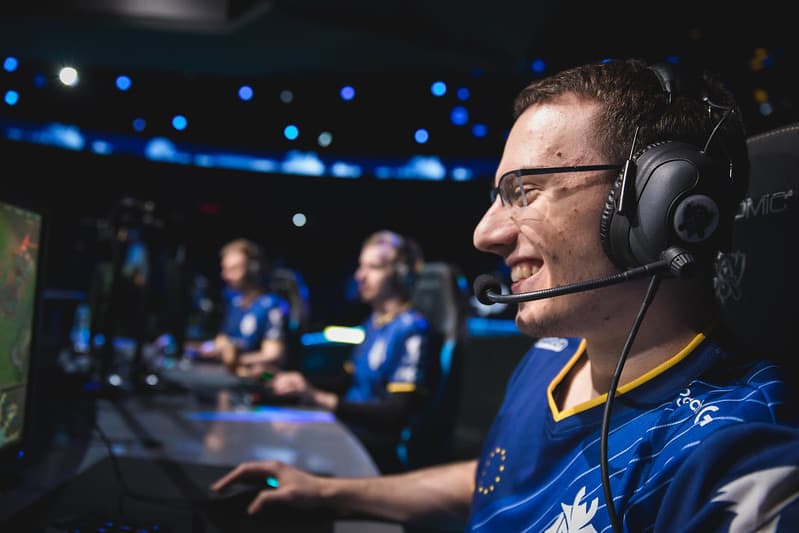
2018 Summer irrevocably altered the way we think about bottom lane. Generally, I consider this role one of the most overrated historically, as support often guided the lane, but with the advent of more mage and melee champions, bottom lane feels more complicated than ever.
One player on the list received a massive boost for versatility, but ability to consistently carry bumped another. Self-sufficient positioning, ability to lead lane in 2v2 — usually a support’s function — and mechanical prowess all weigh heavily. This category went from the most basic to having the widest ways in which I found the player valuable.
Jian “Uzi” Zihao didn’t make the top three cut. Though he definitely hits the mechanical ceiling, his adaptability in a new wave of bot lane picks and the way Royal Never Give Up handicaps itself drop him down to fourth.
- Read More: Kelsey Moser: The SKT Ezreal infatuation
Dubbed ‘Uma Jan,’ G2 Esports’ Luka “Perkz” Perković performed better at the 2018 World Championship than the mid laner he swapped to the bottom lane to accommodate. With a list of domestic accomplishments and the shaking off of World Championship stage fright, Perkz brings out more interesting choices in the bottom lane than any other player at the tournament. With Syndra’s popularity rising, she’ll work best in his hands, and he’ll no doubt provide the most interesting counters. He can also swap easily to other lanes: a boon few others will bring to the table at an international level.
As already mentioned, Invictus Gaming’s JackeyLove has had a career split. Once a great, multi-faceted team, iG only limped into Playoffs with JackeyLove at the helm, and his stellar performance made him the only standout member in the team’s abysmal series against LNG. Unlike most skilled AD carries at this event with exceptional supports to accompany them, JackeyLove also leads most of the trades in the bottom lane and creates a lot of engage opportunities with champions like Varus. His spot over Uzi likely raises some eyebrows, but not those attentive to Summer performances.
Much has already been said about SK Telecom T1’s Park “Teddy” Jinseong, but he performs the same function as Uzi in destroying almost any bottom laner in team fights with much less attention from his jungler and sacrifice from his team. SKT’s reliance on self-sufficient picks has very little to do with his skill and much to do with the team’s system. Even when mid lane DPS picks like Azir and Corki proved essential, Teddy obliterated opposition in the 5v5 without requiring careful peel.
Support:
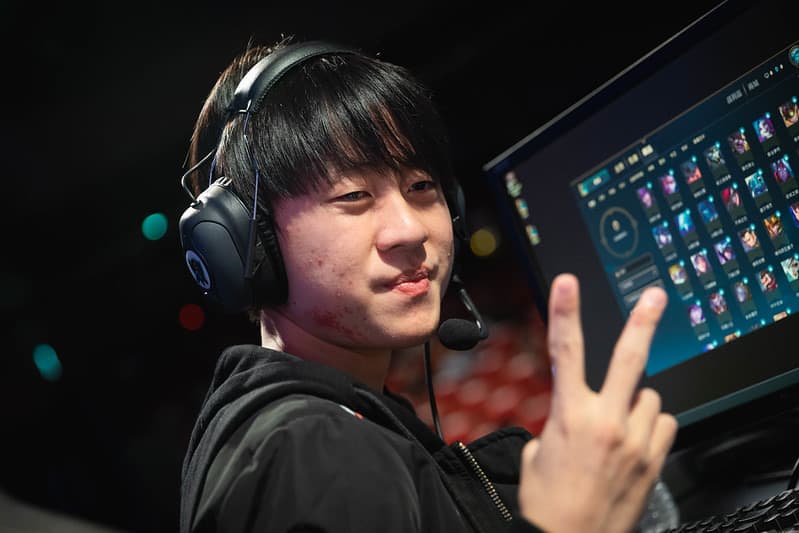
Arguably the most important role at this World Championship, the qualified candidates are numerous. The best supports hail from Europe and China, and LEC as a region plays best around their roaming windows, map control, and play-making.
I’ve previously gone into more details regarding my thoughts on support, so I’ll go directly into rankings.
If you only watched the LPL Final, Royal Never Give Up’s Shi “Ming” Senming might look out of place as he got drastically out-performed by his FPX counterpart. But his function in the context or RNG consists of snowballing its main carry, leading lane, peeling, setting up dives, and roaming mid to pull the wave when mid laner xiaohu looks for unexpected timings. FPX’s strategy consisted of banning bottom lane picks and forcing Ming onto a blind Nautilus, so handicapping him was essential to their victory. If such a bait can be repeated, RNG have almost no chance of success at Worlds.
Another entire article should be written on how G2 Esports must be considered the only successful super team in the history of League of Legends. This is the only time where it can be said that every player on a team is top three in each position at Worlds. Mikyx stands out as a very clear candidate for MVP. If I had to rank the strongest and most essential players on G2, it would be a fight between Perkz and Mikyx. G2 allow Mikyx’s agency to control the pace of the game, much like Fnatic’s Zdravets “Hylissang” Iliev Galabov, but Mikyx’s ability to execute and champion pool outpaces Hylissang’s.
Probably the most difficult decision on this list came from choosing between Hylissang and FPX’s Crisp for the final support spot. Crisp can function more easily and impact the game better in the mid to late game than Hylissang, and his champion pool is arguably more expansive. He also seems to execute incredibly well, but most of his early game map impact is dependent on Tian.
Martin “Rekkles” Larsson and Hylissang are more likely to generate their own windows, and Hylissang looks for opportunities more seamlessly. Much of my historical concerns for Hylissang’s champion pool abated considerably in 2019, and the success rate of his engages is anecdotally higher than Crisp’s. FPX function more from engages lead by Doinb and Tian, so Hylissang just barely edges out Crisp for position three.
